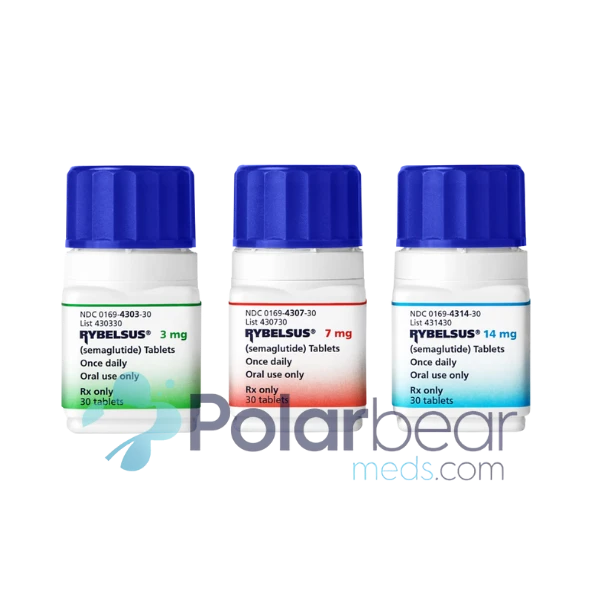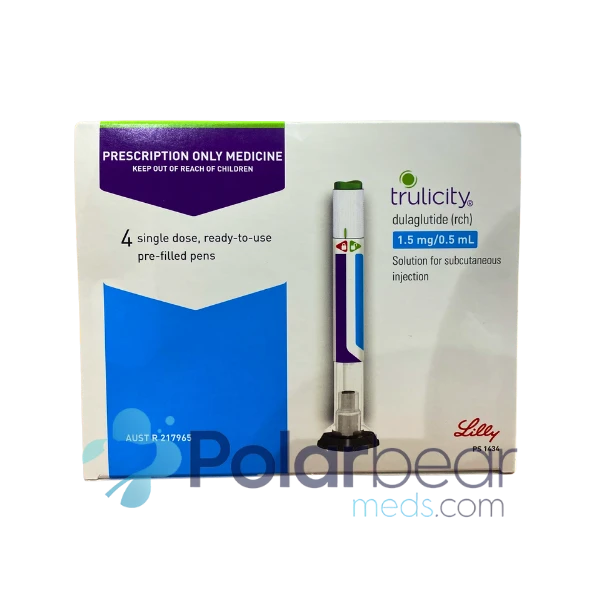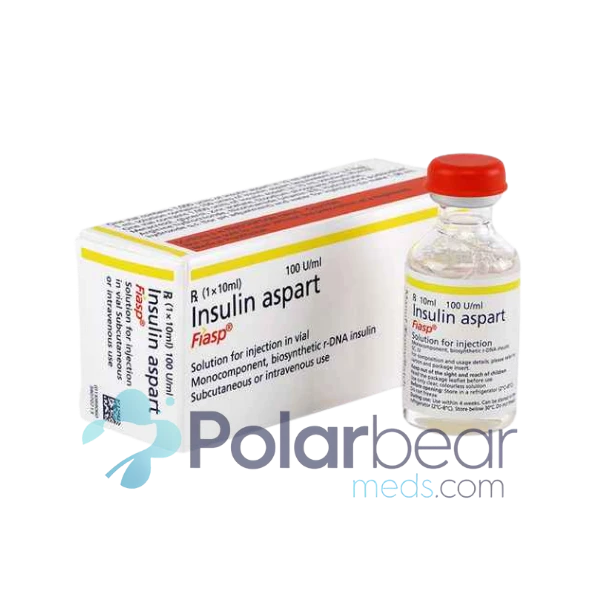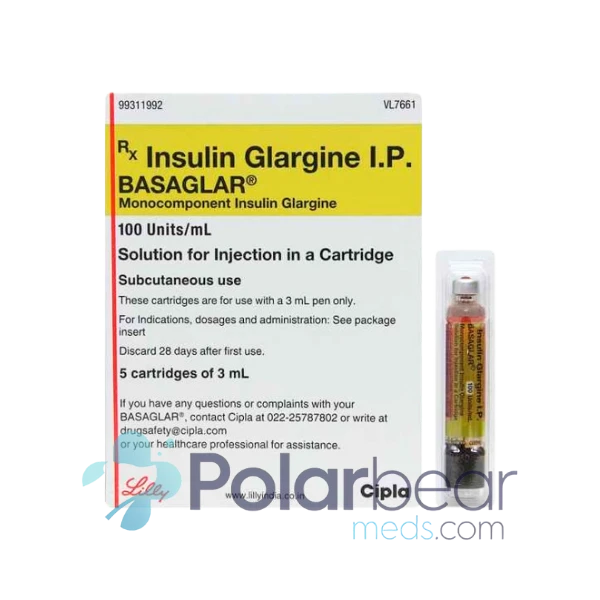
Does Xarelto Play a Role in Reducing the Risk of Heart Attacks?

Heart attacks, also known as myocardial infarctions, are a leading cause of death worldwide. Fortunately, advancements in medical science have introduced various treatments aimed at reducing the incidence of heart attacks. One such treatment that has gained prominence is Xarelto 2.5 mg tablet, a medication known for its anticoagulant properties. But here’s the interesting part: new studies suggest that Xarelto might also be good at lowering the risk of heart attacks. In this article, we delve into how Xarelto prevents heart attacks, its efficacy supported by the COMPASS trial, and safety considerations and precautions while using it for improving cardiovascular health.
How Does Xarelto Prevent Heart Attacks?
Xarelto (rivaroxaban) belongs to a class of medicines recognized as direct oral anticoagulants (DOACs). It is not primarily indicated for preventing heart attacks but rather for preventing blood clots in patients who have atrial fibrillation (a type of irregular heartbeat) or who have undergone knee or hip replacement surgery. However, it indirectly reduces the risk of heart attacks in these patients by preventing blood clots from forming.
A heart attack occurs when blood flow to a part of the cardiac muscle is blocked, typically due to the building of a blood clot. This obstruction deprives the heart of oxygen and vital nutrients, leading to tissue damage or necrosis if left unaddressed. Consequently, interventions aimed at preventing or dissolving blood clots play a pivotal role in mitigating the risk of heart attacks and their associated fatalities.
Xarelto works by inhibiting the activity of a clotting factor called Factor Xa, thereby preventing the formation of blood clots. By keeping the blood thin and preventing clots from forming, Xarelto helps reduce the risk of blood clots that could lead to heart attacks in certain patients, particularly those with atrial fibrillation who are at a higher risk of stroke and systemic embolism.
Xarelto Efficacy Backed by COMPASS Trial Results
The turning point for Xarelto came with the groundbreaking COMPASS trial. During this double-blind practice, researchers allocated 27,395 individuals with stable atherosclerotic vascular disease to take either:
Xarelto 2.5 mg tablets (twice every day) + aspirin (100 mg once every day)
Xarelto 5 mg tablets (twice every day)
Aspirin (100 mg once every day)
The primary outcome measured was a composite of cardiovascular death, stroke, or myocardial infarction. Noteworthy findings from the COMPASS trial include:
Risk Reduction: Patients receiving Xarelto (in combination with aspirin) experienced a remarkable 24% reduction in major cardiovascular events compared to those on aspirin alone. These events included cardiovascular death, myocardial infarction (heart attack), and stroke.
Stroke Prevention: Xarelto demonstrated an impressive 42% reduction in stroke risk. This finding underscores its potential to prevent devastating cerebrovascular accidents.
Reduced Cardiovascular Death: The study revealed a significant 22% reduction in cardiovascular death among patients taking Xarelto. This outcome addresses a critical concern for individuals with chronic CAD and PAD.
Mitigating Heart Attacks: Xarelto also contributed to a 14% reduction in heart attacks. Addressing the underlying thrombotic risk effectively complements aspirin therapy.
These findings underscore the importance of Xarelto in secondary cardiovascular prevention for patients with chronic coronary artery disease and peripheral artery disease.
Safety Considerations and Precautions
While Xarelto presents promising benefits in heart attack prevention, it is not without potential risks. Like all anticoagulants, Xarelto 20 mg tablet carries some of the risks associated with its use for cardiovascular purposes:
1. Risk of Bleeding: Xarelto, like other anticoagulants, can lead to bleeding, which can range from minor to severe. Patients should watch out for signs such as unexplained bruising, prolonged bleeding from cuts, or blood in urine or stool. Certain factors may increase the risk of bleeding while taking Xarelto, including:
- History of bleeding disorders
- Age over 65
- Concomitant use of other medications that increase bleeding risk (e.g., NSAIDs, antiplatelet agents)
- Severe kidney or liver impairment
Healthcare providers should assess these risk factors before prescribing Xarelto and adjust the dosage or monitor patients closely as necessary.
2. Stick to Your Prescription:
- Take Xarelto exactly as your healthcare professional prescribes.
- Don’t skip doses or take extra tablets—doing so can make things worse or lessen the medicine’s effectiveness.
- Always follow the dose and how to take it as explained by your doctor or healthcare professional.
3. Keep an Eye on Your Health: Your doctor may monitor your health regularly while you’re on Xarelto. They might do blood tests to see how your body is responding to the medicine, like monitoring your kidneys or how well your blood is clotting.
4. Learn About Your Medication: Understand what Xarelto 20 mg tablet does for you and what risks it might have. Know how to spot signs of bleeding and when to seek help. Your doctor should give you clear info, maybe even written down, to educate you regarding the use of Xarelto for cardiovascular health.
5. Avoid Alcohol: Consumption of alcohol can increase the risk of bleeding when combined with Xarelto. It’s advisable to limit alcohol consumption or avoid it altogether while taking this medication.
6. Medical Procedures: Inform all healthcare providers involved in your care, including dentists and surgeons, that you are taking Xarelto. They may need to adjust their treatment plans to minimize bleeding risk during procedures.
7. Special Populations: Pregnant or breastfeeding women should consult their healthcare provider before using Xarelto, as its safety in these populations is not well established. Similarly, caution is advised for elderly patients due to an increased risk of bleeding.
You should always consult your healthcare provider for personalized advice and guidance regarding the use of Xarelto for heart health. They can provide specific recommendations based on your medical history and individual risk factors. Additionally, if you are looking for a reliable place to buy Xarelto online, Polar Bear Meds is the best Canadian online pharmacy that you can count on.
The Bottom Line
Heart attacks pose a significant threat to public health. Still, medications like Xarelto have proven to be an effective agent when it comes to preventing blood clots, along with reducing the risk of heart attacks. Based on the COMPASS trial, Xarelto has demonstrated remarkable efficacy in reducing cardiovascular events, strokes, and deaths. Though it offers promising benefits, it also carries potential risks, particularly bleeding risks. To use medications safely, one must follow prescribed dosages, monitor health closely, and understand medication risks. It is possible to improve cardiovascular health and reduce heart attack risk through the use of Xarelto when patients work closely with their healthcare providers and stay informed.






















